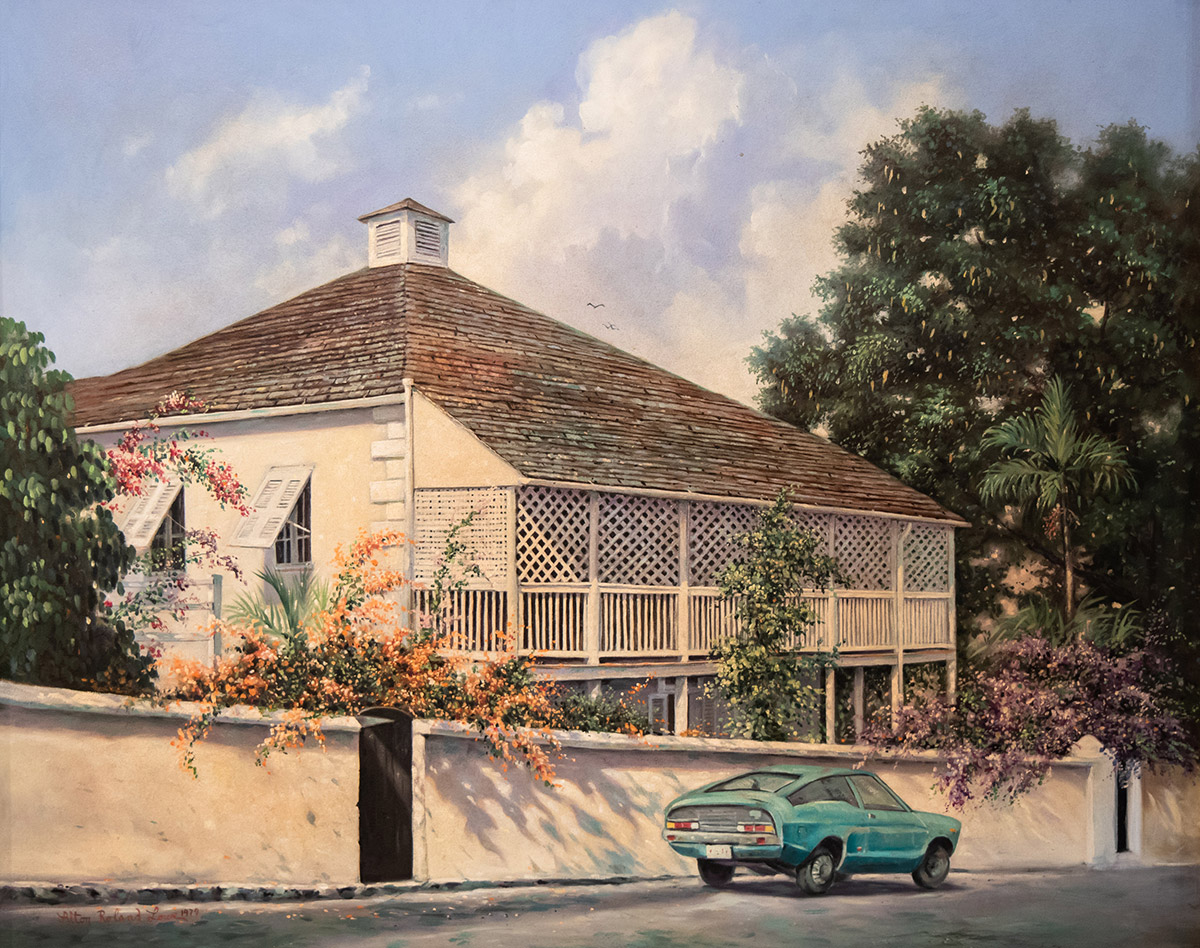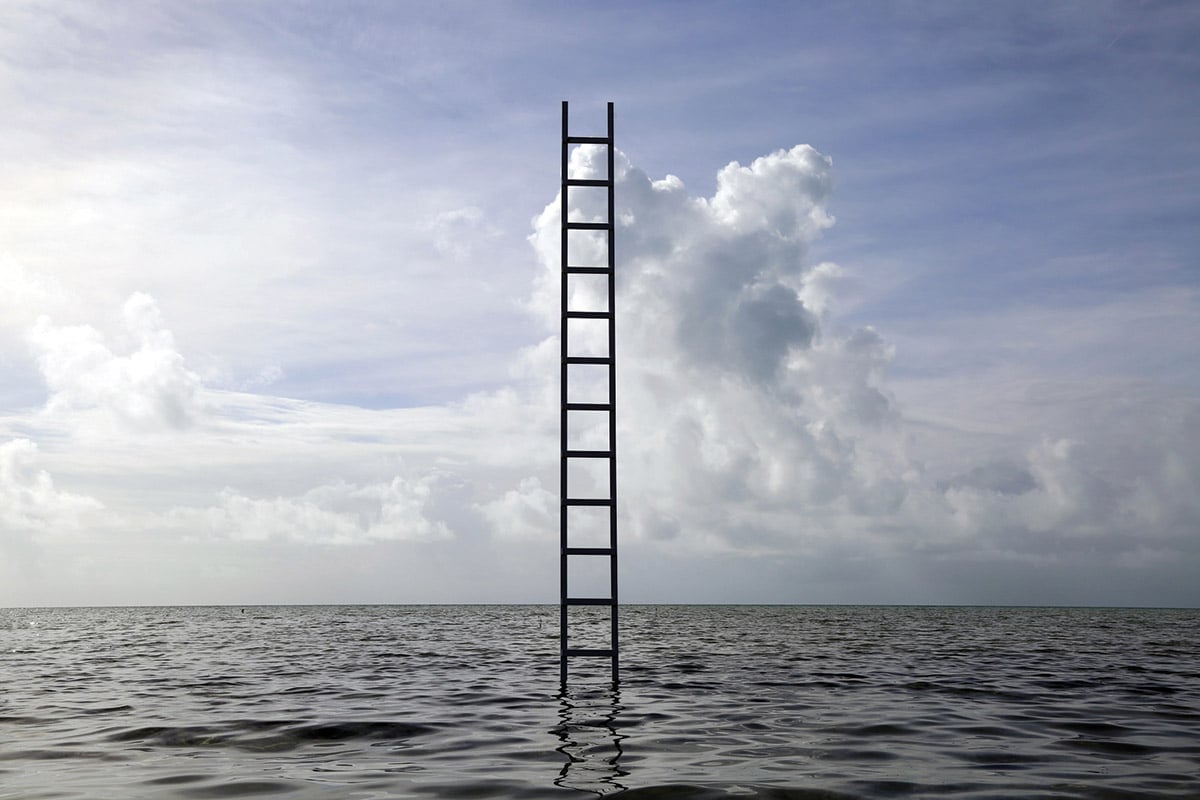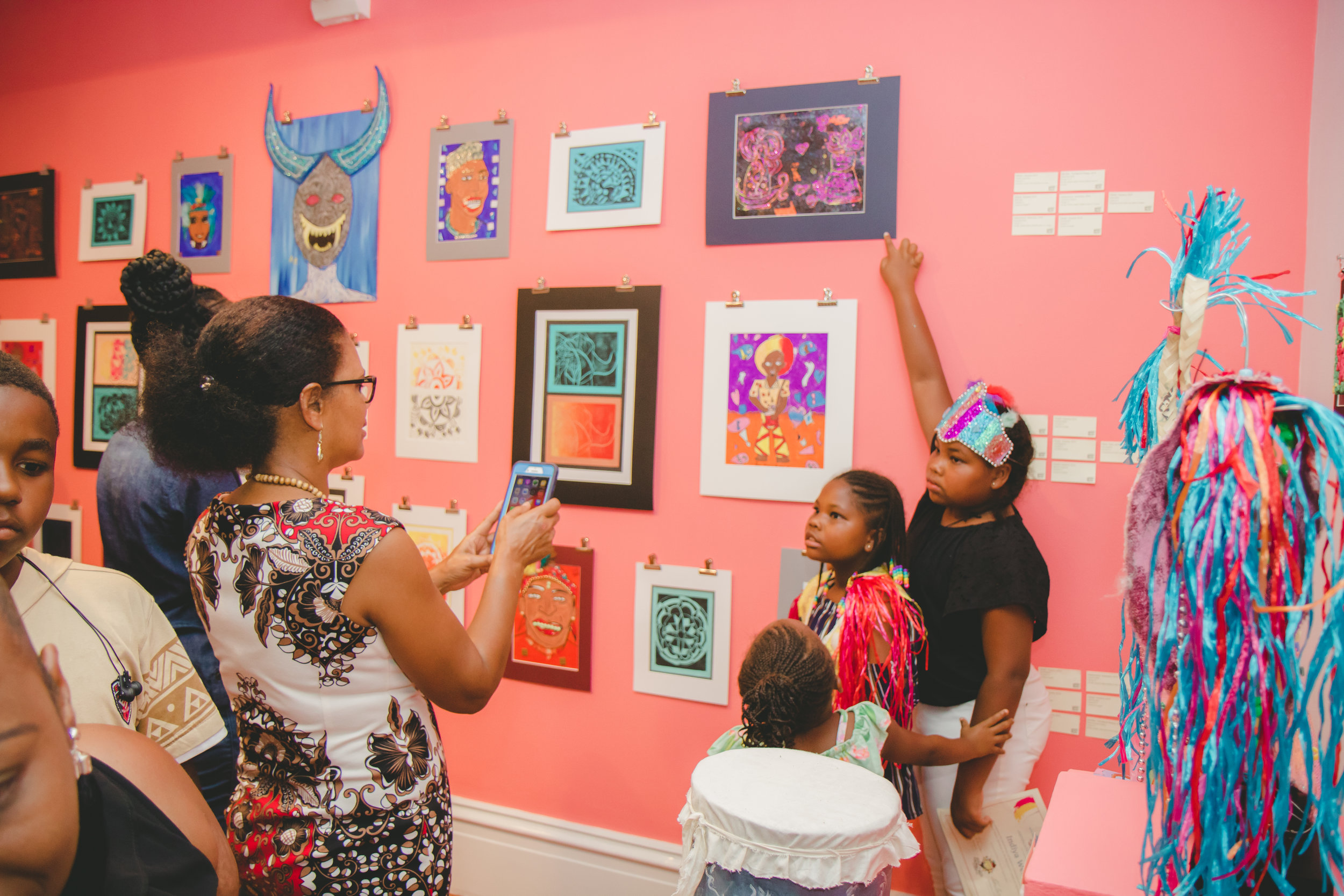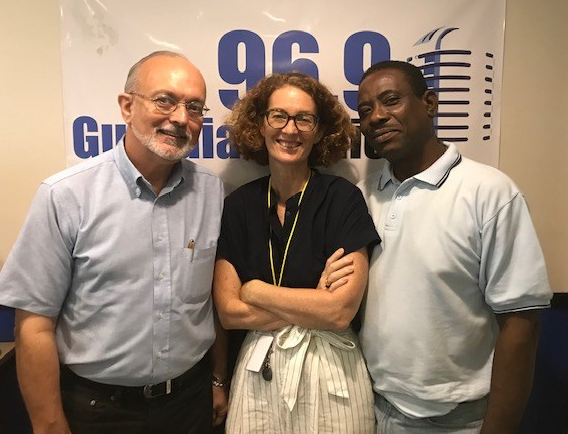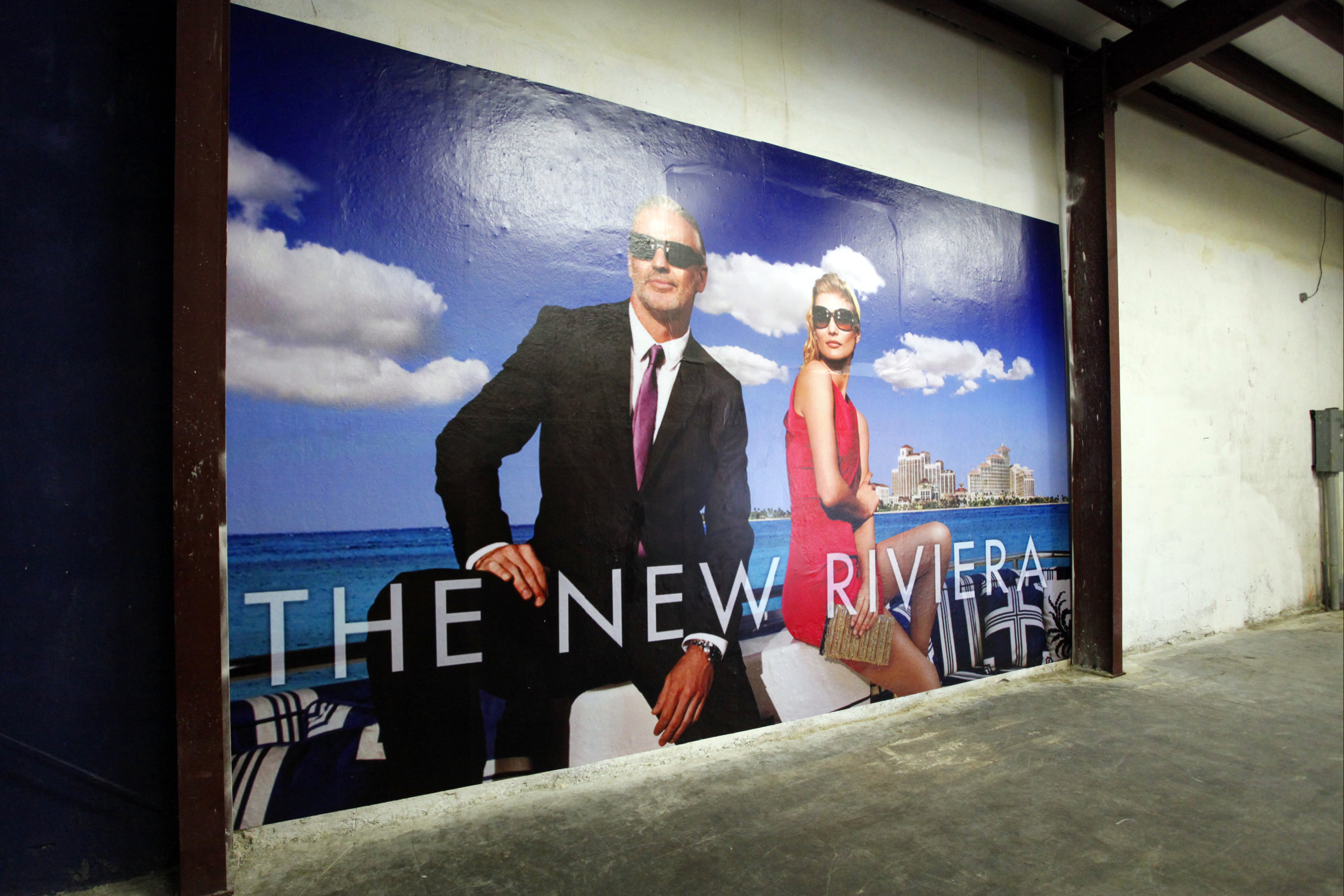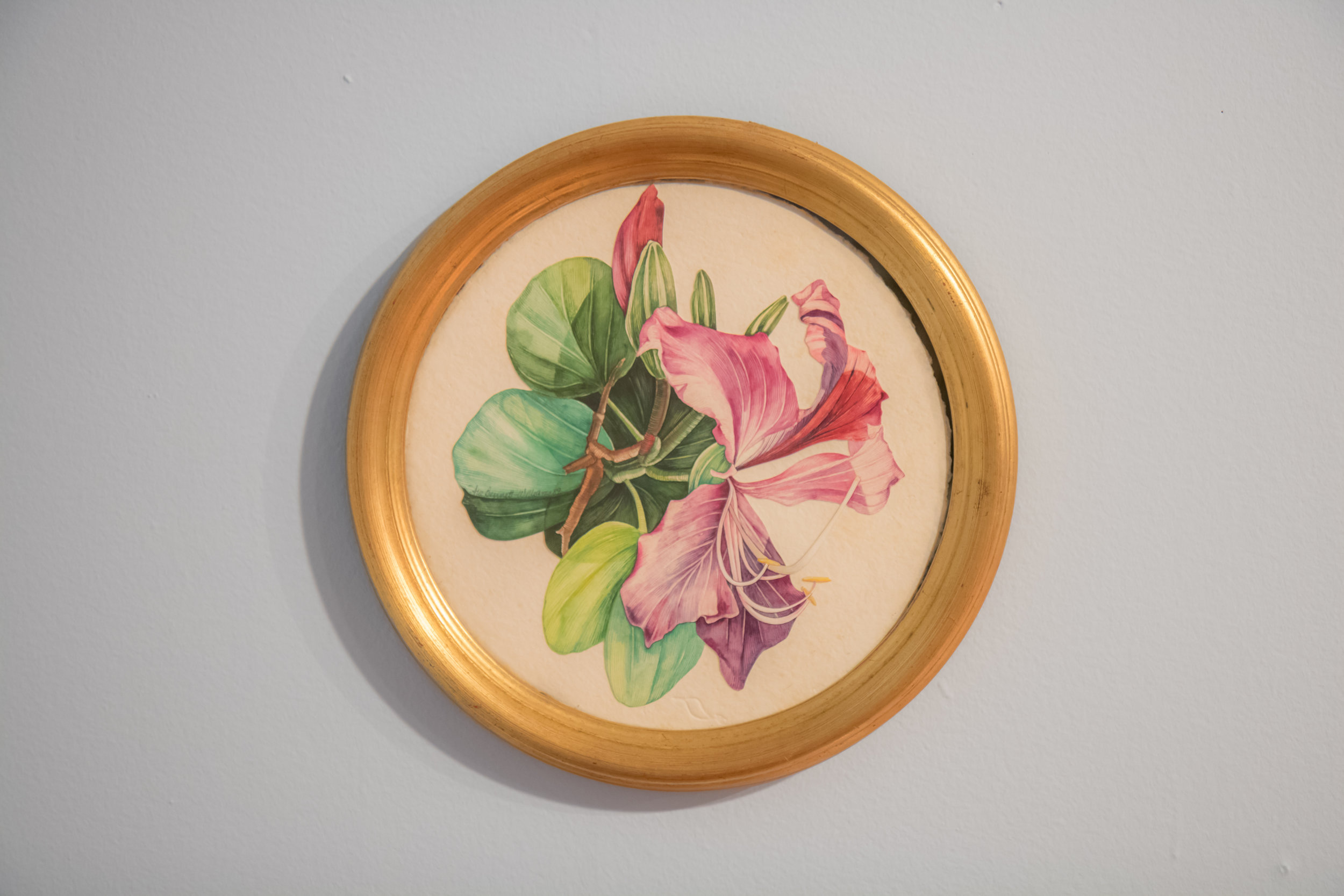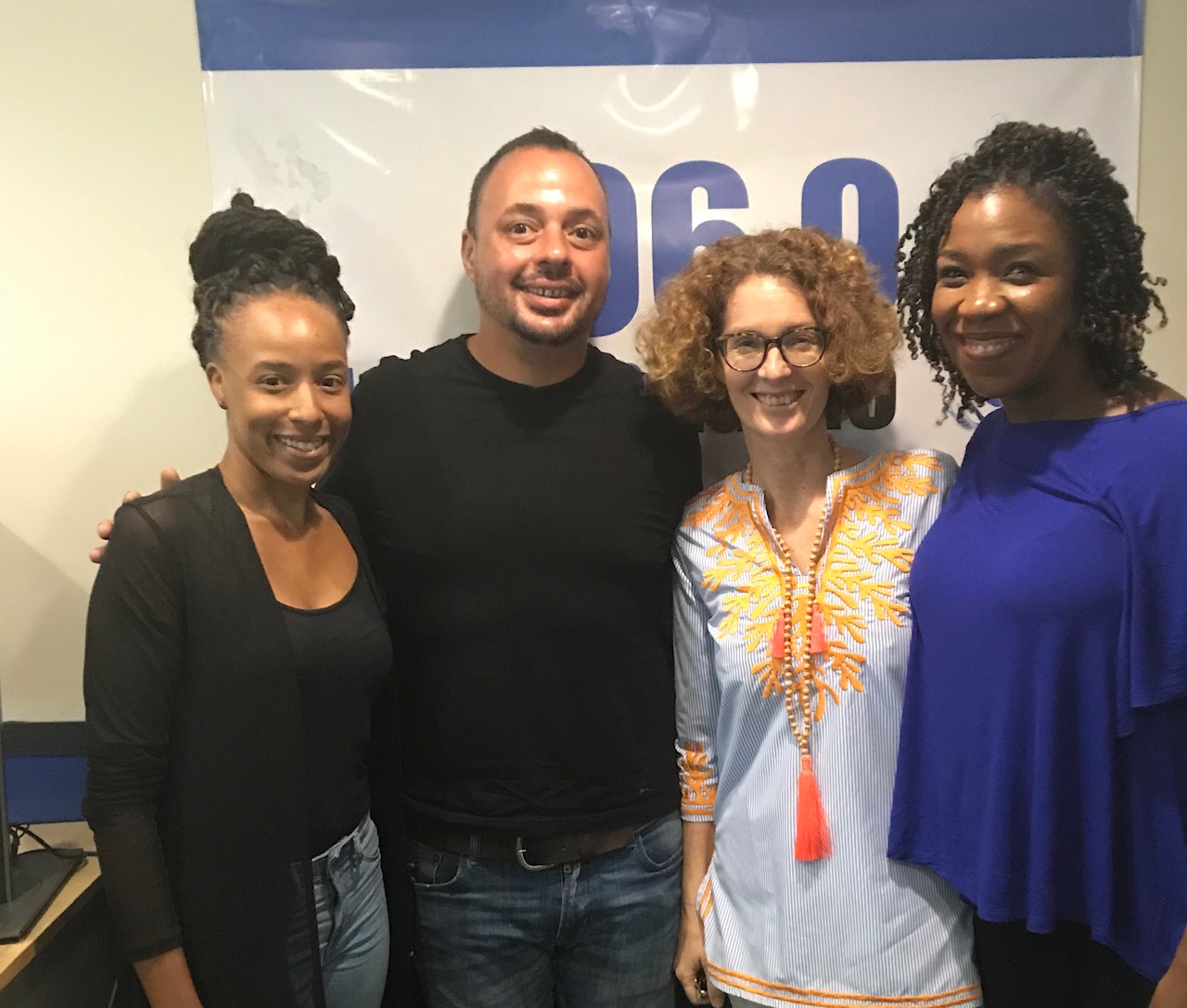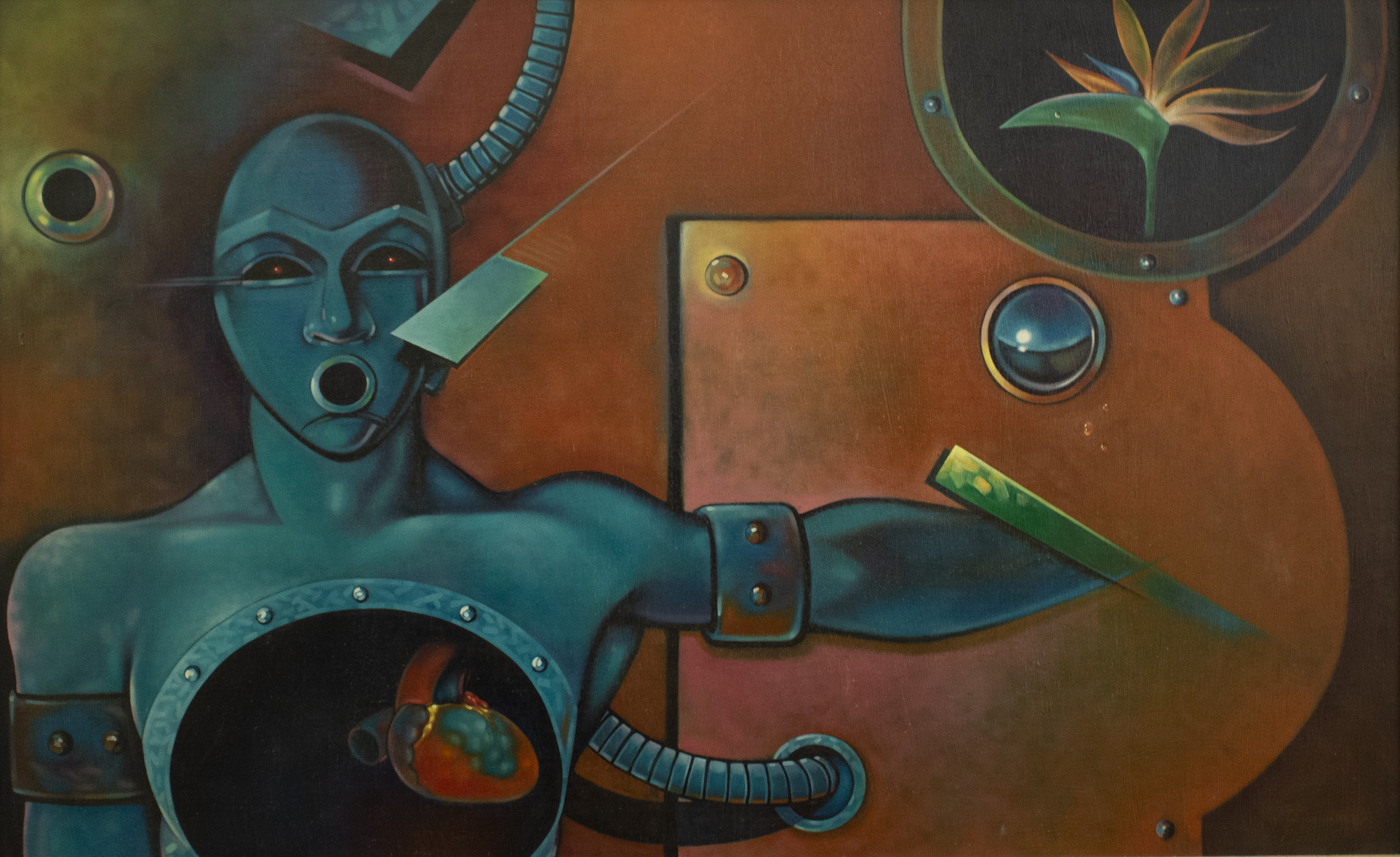All posts by admin
Epistemic and Cultural Violence: Powercutting as Light
Anibal Quijano (31 May, 2019) and Toni Morrison (5 August, 2019) – two great thinkers have gone. Nicolette Bethel’s 1990 play, Powercut, produced and performed at the Dundas Centre for the Performing Arts, shows what happens in the dark. Nowadays, lights drop into darkness at least once a day for hours at a time. The violence of structures invisible to the naked colonised eye is only ever gossiped about. We are afraid to cease being what we are not, we do not know how to be who we are. It is the culture of violence and silence revealed through ‘discussions’ around tourism and prostitution, two interlocked economies of pleasure. The Victorian Bahamas avoids discussing these things in the same breath, yet the exoticisation and tropicalisation of space and place speaks to a reality of total erasure of self for what we are not, to pick up on Quijano’s statement. In “The Visual Life Of Social Affliction,” the upcoming Small Axe Project exhibition which opens at the NAGB on Thursday, August 22nd, we see what we are taught/made not to see; we see the violence of not seeing who we are and the trauma of being held in bondage through invisible structures. Powercut reveals a lot of the invisible structures, as do the works of recently departed thinkers Anibal Quijano and Toni Morrison.
Summer Camp ends on a festive note: MMASC Exhibition and Awards Ceremony held at the NAGB
By Katrina Cartwright. On the evening of Thursday, August 1st, 2019 the National Art Gallery of The Bahamas welcomed over 250 individuals to the exhibition opening reception and awards ceremony for its annual Mixed Media Art Summer Camp (MMASC). Attendees were comprised of MMASC campers and camp counsellors, their families and friends, NAGB supporters and staff who all came out to support our young budding creatives who spent 2-4 weeks during the month of July working hard to create one-of-kind artworks that spoke to the camp’s theme “Parading through the Caribbean.” Although the weather was determined to put a damper on the celebration of a major accomplishment for the campers, it could not quell their excitement and joy and the pride of their supporters. Patient parents and friends squeezed into the hot and humid confines of the NAGB’s upper veranda and clapped loudly when awards were distributed and short performances by campers and counsellors were done.
Blank Canvas: August 14th 2019, Kim Smith and Andrew Ash
This episode of Blank Canvas, Amanda Coulson, NAGB Executive Director, speaks with Kim Smith and Andrew Ash from The Place For Art on Village Road.
The Visual Life Of Social Affliction: Structures of Violence in the Caribbean
Structural violence is rife and regionwide. At least we are here, even if we may be. In Bahamian artist Blue Curry’s “The New Riviera”(2014), we are not even here. This erasure of us from the scene is yet another form of unperceived structural violence, as we can also see in Curry’s “Nassau From Above” (2004).
From the Collection: “Poor Man’s Orchid” (1989) by Sue Bennett-Williams
By Natalie Willis. a portal into the practice of a dedicated educator. The 19th Century marked a period in Britain known as Orchidelirium. Not entirely unlike the Dutch tulip fever, this flower-frenzy was a mad scramble for the exotic, elusive orchid. They became connotative as a symbol of wealth, prestige and knowledge, of the affluence required to secure these items from far-off lands. Sue Bennett Williams’ “Poor Man’s Orchid” (1989) is no such thing and no less beautiful.
Blank Canvas: August 7th, 2019, Walteria Tucker-Rolle, Heino Schmid and Keisha Oliver
On tonight’s “Blank Canvas” we are talking about the exciting new initiative between the NAGB and the University of The Bahamas (UB). The NAGB and UB recently signed a memo of understanding allowing for greater and closer collaboration.
Finding Our Voices: Resisting Violence and Oppression
By Dr Ian Bethell Bennett, The University of The Bahamas. “I could be bounded in a nutshell, and count myself a king of infinite space, were it not that I have bad dreams.” – Hamlet, II.ii. Is it a bad dream, a nightmare provoking somnambulance? We all think the best of green gentrification because we have been taught, in spite of the climate sceptics, we need to do something to improve our resilience. We are also told by the media that while people know about climate change and the havoc it plays in their neighbourhoods, jobs are more important because many of us are one paycheque away from poverty.
From the Collection: Jolyon Smith’s “Transformation” (1987) and imagining Black Bahamian futures
By Natalie Willis. Jolyon Smith’s Transformation (1987) is one of the first works collected for the National Collection at the NAGB, shown in the Inaugural National Exhibition or the INE. To have a work that appears so afrofuturist in its aesthetic speaks volumes for the genre and also for the nascent years of the NAGB in thinking what a National Collection could and should look like. What does a Black future look like, and a Bahamian one at that?
Blank Canvas: July 31st, 2019, Women’s Wednesdays
On tonight’s “Blank Canvas,” we shine a spotlight on “Women’s Wednesdays,” an initiative initiated by Equality Bahamas and is supported by the NAGB. The event has been hosted once per month on our campus for nearly two years. “Women’s Wednesdays” was founded as a response to community members’ requests for a space to access resources, experts, and practitioners, share knowledge, and engage in conversation with one another.
